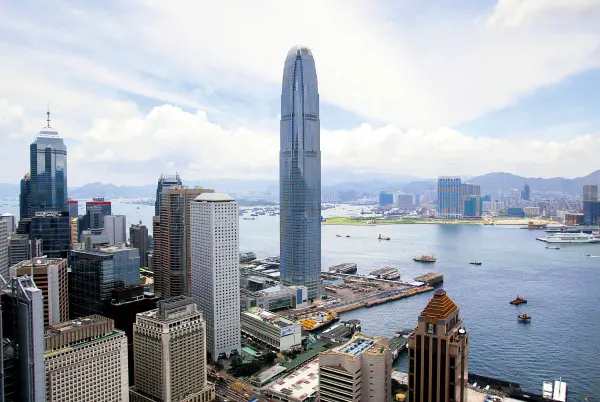By APD writer Lu Jiafei
Washington, Nov. 9 (APD) -- When U.S. President Donald Trump proclaimed that he wanted “peace through strength” at his speech to the National Assembly, South Korea’s parliament, I could not help wondering what kind of “peace” the Showman was referring to.
Does he mean the absence of the need for war? Or does he simply mean the absence of war per se? The answer to the question matters, because if Trump was talking about the first option- which in my opinion constitutes true peace- then he cannot achieve the goal through strength.
According to historians, the phrase and concept of “peace through strength” dates back to ancient times when Roman Emperor Hadrian (AD 76–138) was said to have sought “peace through strength or, failing that, peace through threat.”
Throwing threats is what Trump has been doing so far. He first threatened to unleash “fire and fury” against the Democratic People’s Republic of Korea (DPRK) and then threatened to “totally destroy” the DPRK in an unprecedented speech at the United Nations. For Trump, “threat” is not even a variant form of “strength.” They are the evil twin you could use at the same time to bully others into obedience as long as you have “beautiful military equipment” of the United States.
During his speech at the National Assembly in Seoul on Wednesday, Trump boasted that currently stationed in the vicinity of the Korean peninsula were “the three largest aircraft carriers in the world, loaded to the maximum with magnificent F-35 and F-18 fighter jets.”
“In addition, we have nuclear submarines appropriately positioned. The United States under my administration is completely rebuilding its military and is spending hundreds of billions of dollars to the newest and finest military equipment anywhere in the world being built right now,” the president added.
You don’t have to be a pacifist to find the presidential bragging disturbing, and the show-off here is aimed not at seeking peace but serving as a deterrence. That is exactly where the fundamental problem of the Trump administration’s flawed DPRK policy lies.
Trump must understand that the term “peace through strength” automatically excludes diplomacy, understanding or cooperation from the process. It achieves temporary or false sense of calm by deterrence, pushing the real state of peace further beyond reach. Even worse, “peace through strength” could easily be used to justify the more devastating step of “peace through war.”
He must also be aware that “peace through strength,” which has appeared in each Republican Party platform since 1980, does not really stand a chance in solving the DPRK nuclear issue. It only makes things worse.
Every time when Trump heats up his bombastic rhetoric, he is pushing the nuclear brinkmanship to the limit. With miscalculation and bad luck, the tension could soon spin out of control.
Besides, the United States has for long been enjoying military predominance over the DPRK to such an extent that, as Trump said in his UN speech, the DPRK would be “on a suicide mission” if it decides to launch attacks on either America or its allies. If the militarily mighty America could not deter the DPRK from developing nuclear weapons in the past, why does Trump think he could succeed now by fixation on military strength?
Rather than coercing the DPRK into abandoning its nuclear weapons program, U.S. emphasis on its already overwhelming military prowess has ironically ended up as the driving force behind Pyongyang’s determination to go nuclear to survive as U.S. hostility reaches right on its doorstep.
When Trump proclaims to “rebuild our military” by “loading it up with beautiful new equipment” and to achieve “peace through strength,” he is not seeking peace. Rather, he is preparing for war that would put millions of lives at risk.
Lu Jiafei, researcher of APD Institute. After spending one year in Palestine covering the Israeli-Palestinian conflict between 2013 and 2014, Lu moved to Washignton, D.C. and covered the 2016 U.S. presidential election till the very end of Donald Trump’s upset victory. He is a political contributor to APD.
(ASIA PACIFIC DAILY)
 简体中文
简体中文

